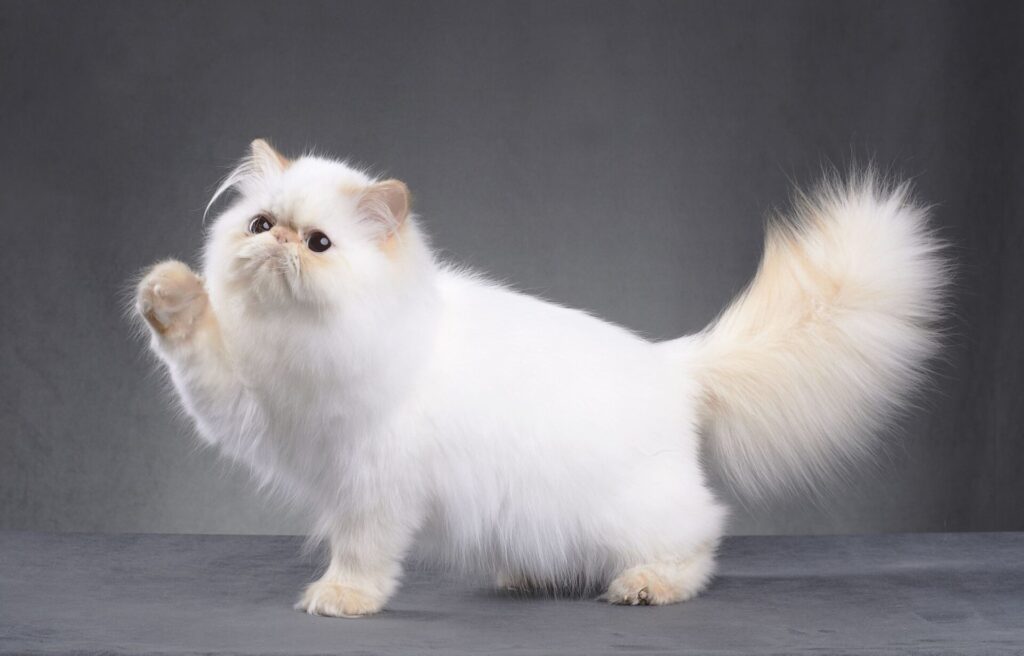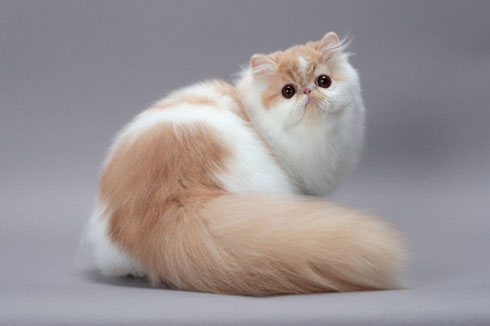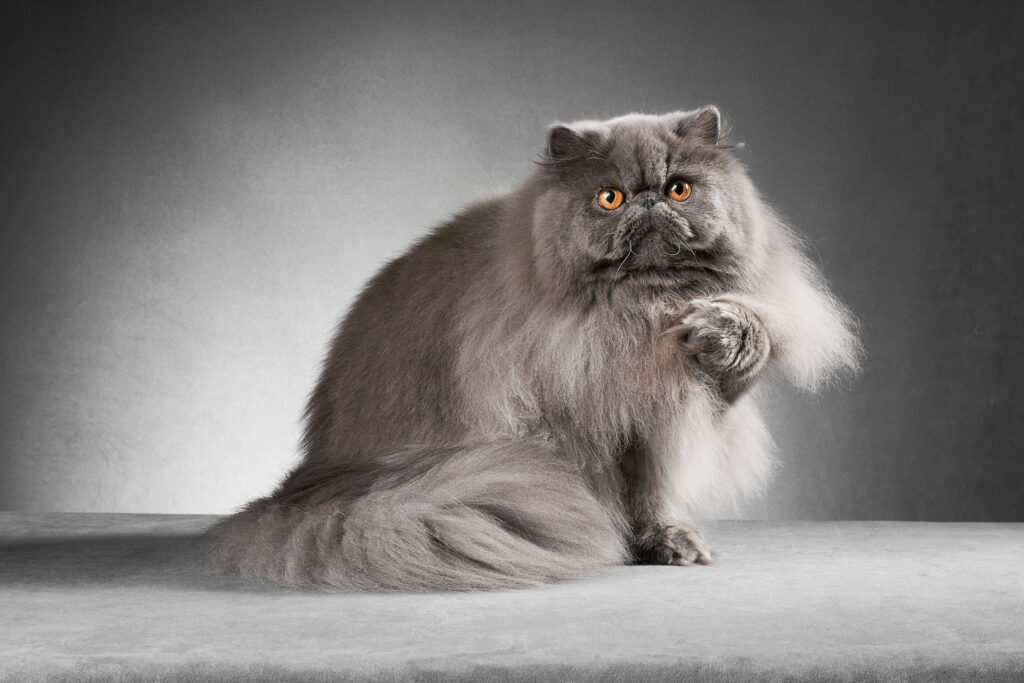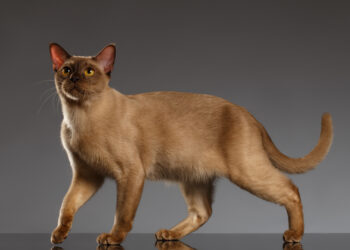Welcome to the ultimate guide on Persian cats! If you’re considering adding a Persian cat to your family or already have one, this guide is your go-to resource for all things Persian cat-related. From their unique characteristics to grooming needs and health considerations, we’ve got you covered.
About Persian Cats
Persian cats are among the most beloved and recognizable cat breeds, known for their luxurious coats and sweet temperament. As kittens, Persians are adorable balls of fluff with tiny, round faces and expressive eyes. Their plush fur comes in a variety of colors and patterns, ranging from solid colors like white, black, and blue to bi-colors, tabbies, and calicos.

Physical Characteristics
As Persian cats mature, they develop into stunning adults with long, flowing coats that require regular grooming to keep them looking their best. Adult Persians typically have large, round eyes, short noses, and distinctive flat faces, known as brachycephalic features. They have a stocky build with a broad chest and sturdy legs. On average, Persian cats reach a height of 10 to 15 inches and weigh between 7 to 12 pounds, with males being slightly larger than females.

Grooming Needs
Due to their long fur, Persian cats require regular grooming to prevent matting and tangles. Daily brushing is recommended to keep their coat free of knots and debris. Occasional baths can help maintain their coat’s cleanliness and luster. It’s essential to pay special attention to their eyes and ears, as Persians are prone to tear staining and ear infections. Routine dental care, including brushing their teeth and providing dental treats, can help prevent dental issues.

Health Considerations
While Persian cats are generally healthy, they are prone to certain health conditions, including respiratory problems due to their flat faces, dental issues, and polycystic kidney disease (PKD). Regular veterinary check-ups and preventive care are essential to ensure their well-being. Providing a balanced diet, regular exercise, and a stress-free environment can help promote a long and healthy life for your Persian cat.
Favorite Foods and Toys
Persian cats have discerning tastes when it comes to food, preferring high-quality, protein-rich diets formulated specifically for their nutritional needs. Wet food is often favored over dry kibble due to its higher moisture content. As for toys, Persian cats enjoy interactive toys that stimulate their hunting instincts, such as feather wands, laser pointers, and puzzle feeders. They also appreciate cozy beds and scratching posts for lounging and stretching.
Lifespan
With proper care and attention, Persian cats can live long and fulfilling lives, with an average lifespan of 12 to 15 years. Some Persians may even reach their late teens or early twenties with good genetics and optimal care. Providing a loving and nurturing environment, regular veterinary care, and a balanced diet are key factors in maximizing your Persian cat’s lifespan.
FAQs about Persian Cats
Got questions about Persian cats? We’ve got answers! Check out these frequently asked questions to learn more about these delightful felines.
- Are Persian cats hypoallergenic?
- How often should I groom my Persian cat?
- Do Persian cats have any specific dietary requirements?
- Are Persian cats prone to any health issues?
- Can Persian cats live in apartments?
- What is the average lifespan of a Persian cat?
Conclusion
Congratulations! You’ve now become an expert on Persian cats, equipped with all the knowledge and insights to provide the best care for your feline friend. Whether you’re a seasoned Persian cat owner or considering adopting one, we hope this guide has been informative and helpful.











